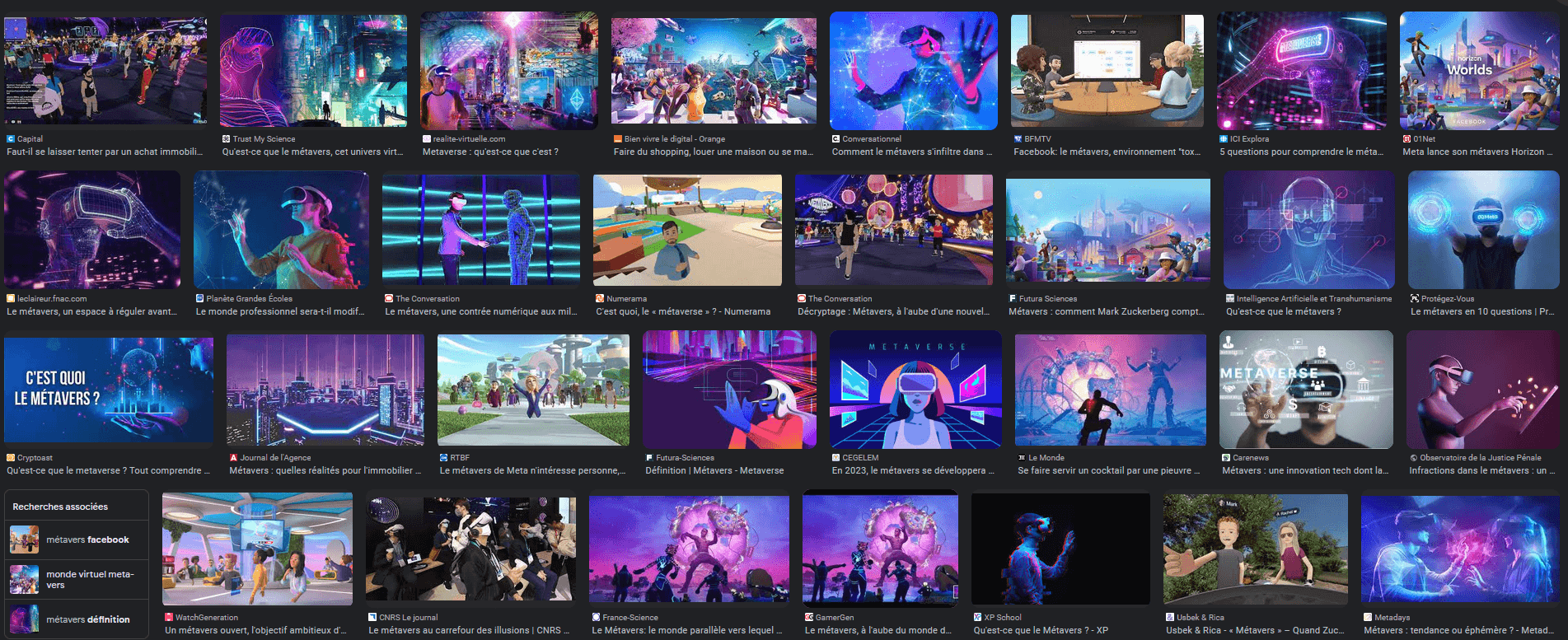Sensory immersion can be described and achieved through different dimensions :
- the visual dimension (enabled by cinema or computer screens, 3D, virtual/mixed reality headsets, CAVEs, simulators, etc.),
- the auditory dimension (enabled by music, sound effects, spatialization of sound, etc.),
- the haptic dimension (achieved through controllers with or without force feedback, suits, movement recognition, etc.),
- or the olfactory or gustatory dimensions.

However, the history of virtual worlds and their uses (or lack of them!) shows, even recently, how much perceptive immersion without narrative immersion (producing or participating in stories) and social immersion (experiencing shared involvement [[[Calleja G. (2007), “Digital Game Involvement. A conceptual model”, Games and Culture, vol. 2, n° 3, pp. 236-260.]]] ) is limited to experiences that are often episodic. In other words, once the "wow" effect of immersion has faded, nothing else happens... Conversely, the complexity of the gameplay of a virtual world like Second Life, as much as its lack of narrative, has proved to be an obstacle to immersion and to the mass adoption of uses beyond an ever-faithful community; at a time when online socialisation was developing more rapidly on emerging social networks, such as Facebook.
So, perceptive immersion (and in particular its visual dimension) is a fundamental springboard for the intensity of immersion, but not for its longevity, which requires a combination with other types of immersion (narrative, playability, social and desire), which solution providers need to take into account if they want to ensure their own long-term survival.







